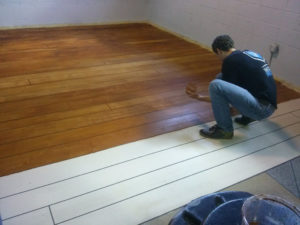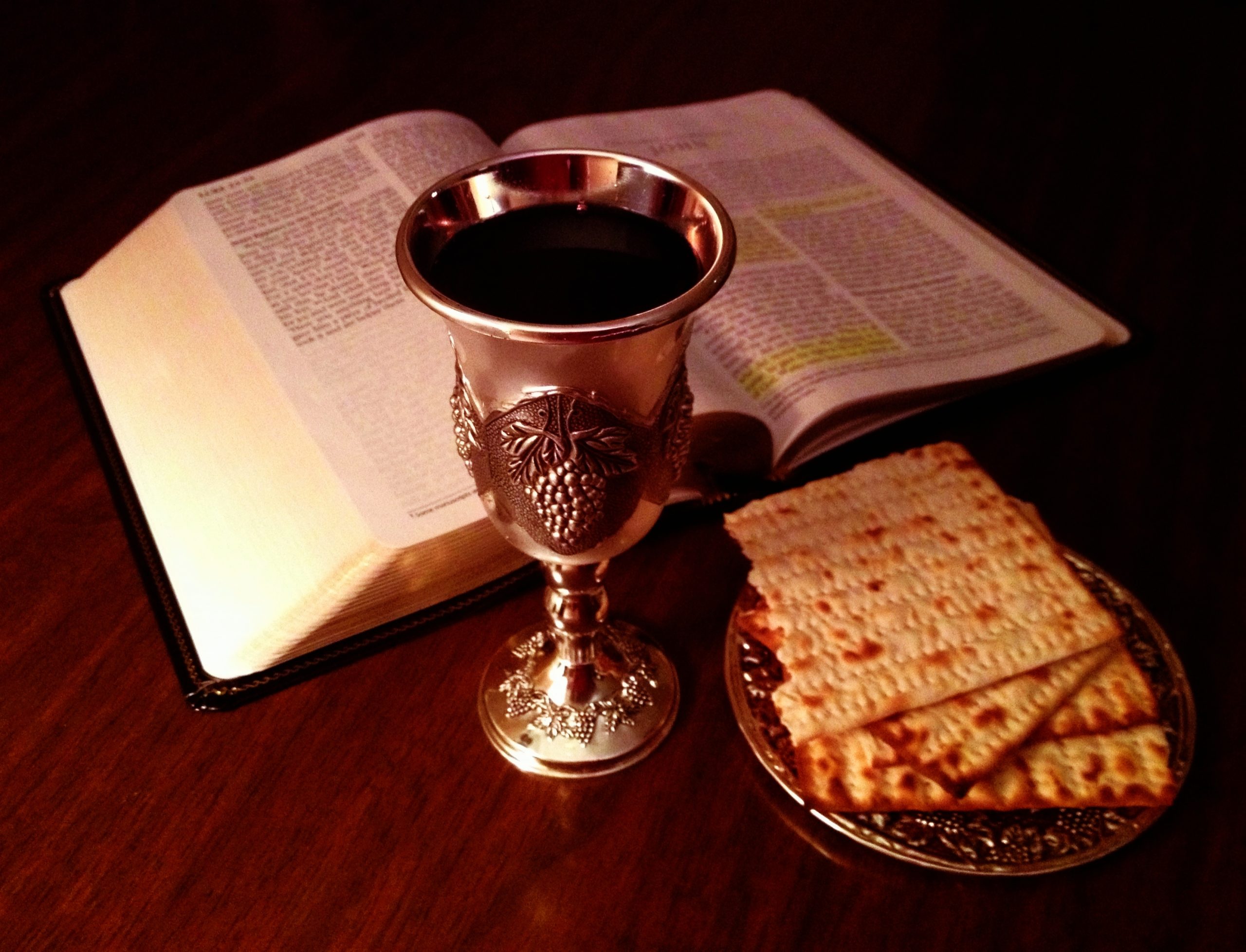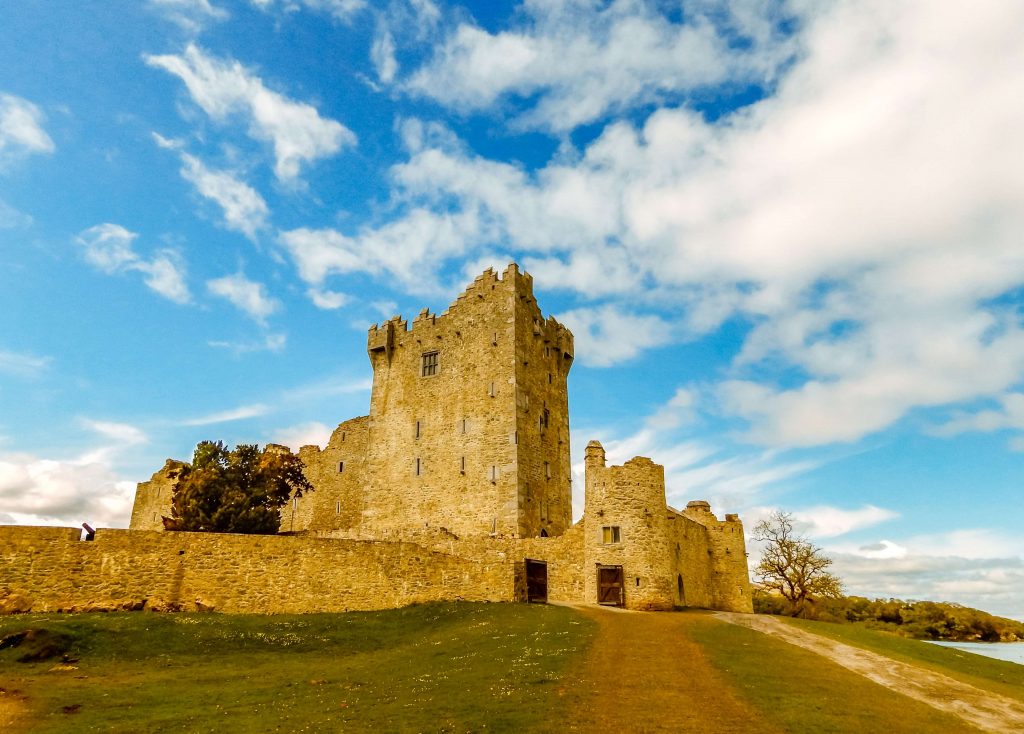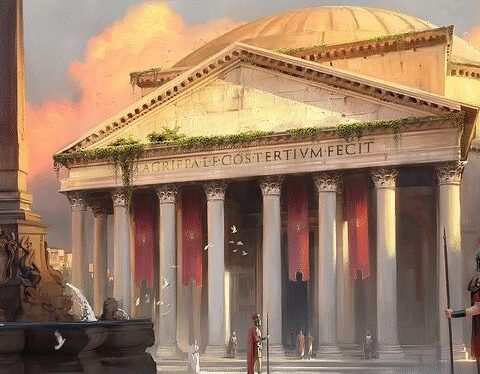When the Bible talks about the “Body of Christ,” there are several meanings.
In the Gospels, when our Lord instituted this observance which we’re about to celebrate, He said, “Take. Eat. This is my body.”
In the Epistles, those closest to Christ use the word “Body” for several things. One is the comparison to the Church to our physical bodies. Another is to call the Church itself the Body of Christ.
Paul rhetorically asked, “Is not the bread which we break a sharing in the body of Christ?”
You see, we feed on the body of Christ when we do this.
Now if we are the body of Christ, could we be feeding on each other? “Bear one another’s burden, and so fulfill the law of Christ.” Just as we take this bread, we take each others’ problems and help them. Just as we take this bread, our own problems are taken by another and carried for us. We do this for each other, and for God.
 It’s ironic that Jesus chose wine, the bane of the laundry room, to be His blood, the ultimate stain remover for our sin.
It’s ironic that Jesus chose wine, the bane of the laundry room, to be His blood, the ultimate stain remover for our sin.
Maybe we should think of the staining in reverse. Blood is thick, it’s sticky. We sing, “Are you Washed in the Blood?” but have a hard time seeing how blood makes things clean.
But think of wood stain. Imagine wood before it was stained. Wood is generally light-colored, and it’s stained to a darker shade. When that happens, details and contrast in the grain is more visible than before. The result is more beautiful than the original.
Jesus’ blood sticks to the stains that we have, covers them up, and then changes them to be more beautiful.









